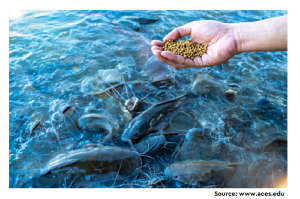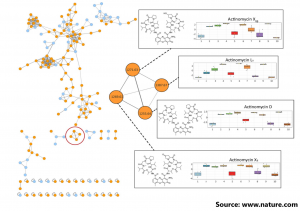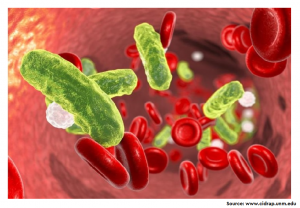Antimicrobial resistance (AMR) is a global crisis affecting humans, animals and the environment. The misuse or abuse of antimicrobials in the human, veterinary and agriculture sectors is the driving cause for worldwide AMR development. However, inadequate local sanitation, pollution, inappropriate industrial and municipal waste management, sewage sludge, spreading of animal manure also play an important role in the emergence and spread of AMR. This review article gives a quick overview of AMR as a global issue and the role that various environmental factors may have in spreading antibiotic-resistant bacteria or ARGs via various methods. In addition, the article tried to identify the key knowledge gaps that impede environmental regulators and mitigation solutions from effectively protecting the environment from AMR.
AMR is considered interdisciplinary, similar to climate change. Research studies have been conducted for many years to learn about AMR mechanisms and transmission. However, there is still a dearth of understanding the principles of environmental impact of various AMR drivers. The environment acts as a reservoir for resistant genes and mainly resistant bacteria. There needs to be a well-established model system for assessing the risk of infections and fatalities caused by antibiotic resistance emerging from antibiotic residues in the environment. Such a model system would be extremely useful in reducing and monitoring the development of resistance from environmental factors.
To learn more about the common drivers of AMR and their interconnectedness and solutions, please visit the Journal of Global Antimicrobial Resistance (Link).







